Chinese Black Sesame Cake is a popular Hong Kong (Cantonese) Style cake. Traditionally made with water chestnut flour and black sesame paste or puree and typically steamed not baked. For my gluten free Chinese Black Sesame Cake, I am using gluten free self-raising flour, finely ground black sesame seeds. And rapadura sugar, vegan butter, rice milk and desiccated coconut. Then I bake this Chinese Black Sesame Cake in the oven. Resulting in a cake that is very similar to Western chocolate brownies.
In addition, I have added pistachio nuts and black sesame seeds buttercream frosting. Making this Chinese Black Sesame Cake a tasty treat for all. This gluten free recipe is also low carb, vegan, dairy free, egg free, soy free and refined sugar free.
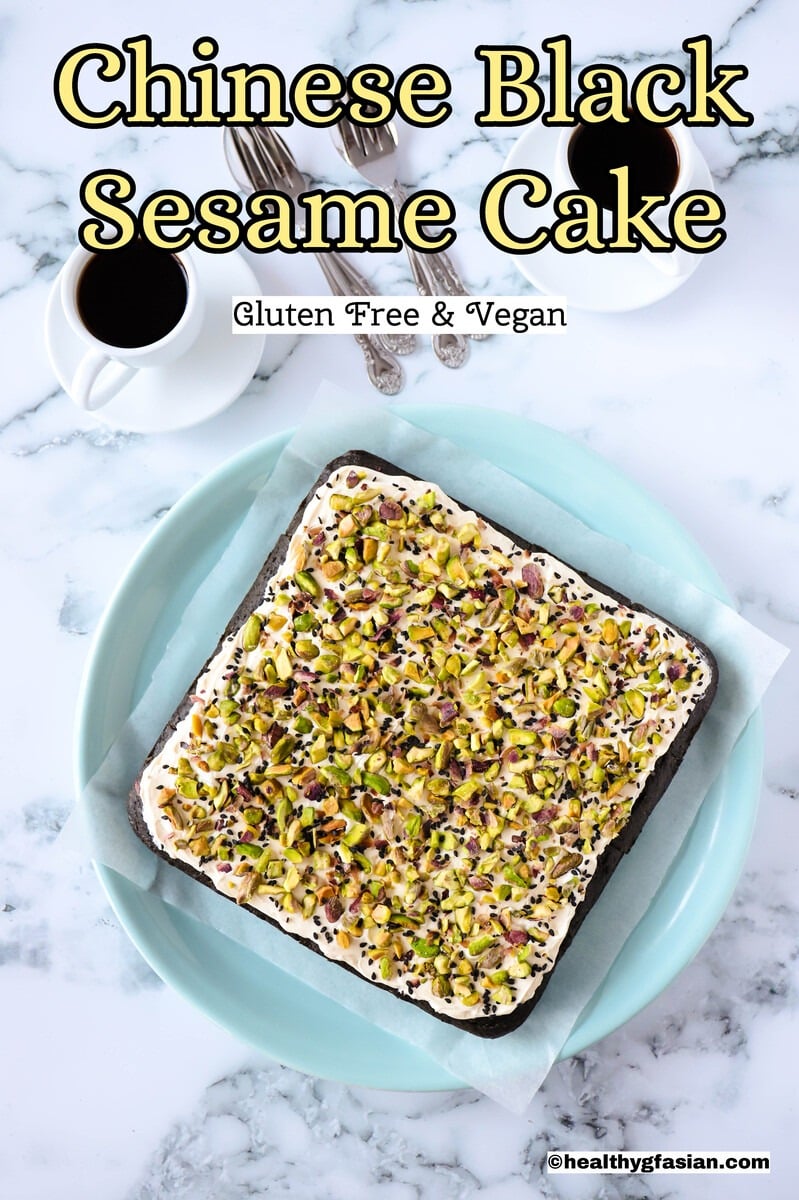
Types of Black Sesame Asian Desserts
Black sesame rolls made with glutinous rice flour and black sesame paste is another common and well-liked Hong Kong dessert. There are many customary Chinese black sesame desserts. Including sweet black sesame soup (tong shui), mooncakes with black sesame fillings, and black sesame dumplings (tang yuan). Plus sesame seeds balls (jian dui), black sesame flaky pastries, black sesame steamed buns, etc. Other sesame desserts include Japanese mochi (black sesame glutinous rice balls), baked breads, buns, and cookies. Also include ice cream, puddings, cakes, cupcakes, brownies, candies etc.
Other Culinary Uses of Sesame Seeds
They make both black and white sesame seeds into oil as well as sesame paste or tahini. They also use them as a garnish, sprinkles or toppings for presentation and an extra layer of flavour and crunch. Additionally, they use sesame seeds in dishes like salads, soups, grilled meat or seafood, steamed or roasted vegetables. As well as stir fries, rice, noodles, pasta, sushi, hamburger buns. And a wide variety of desserts in many cuisines.
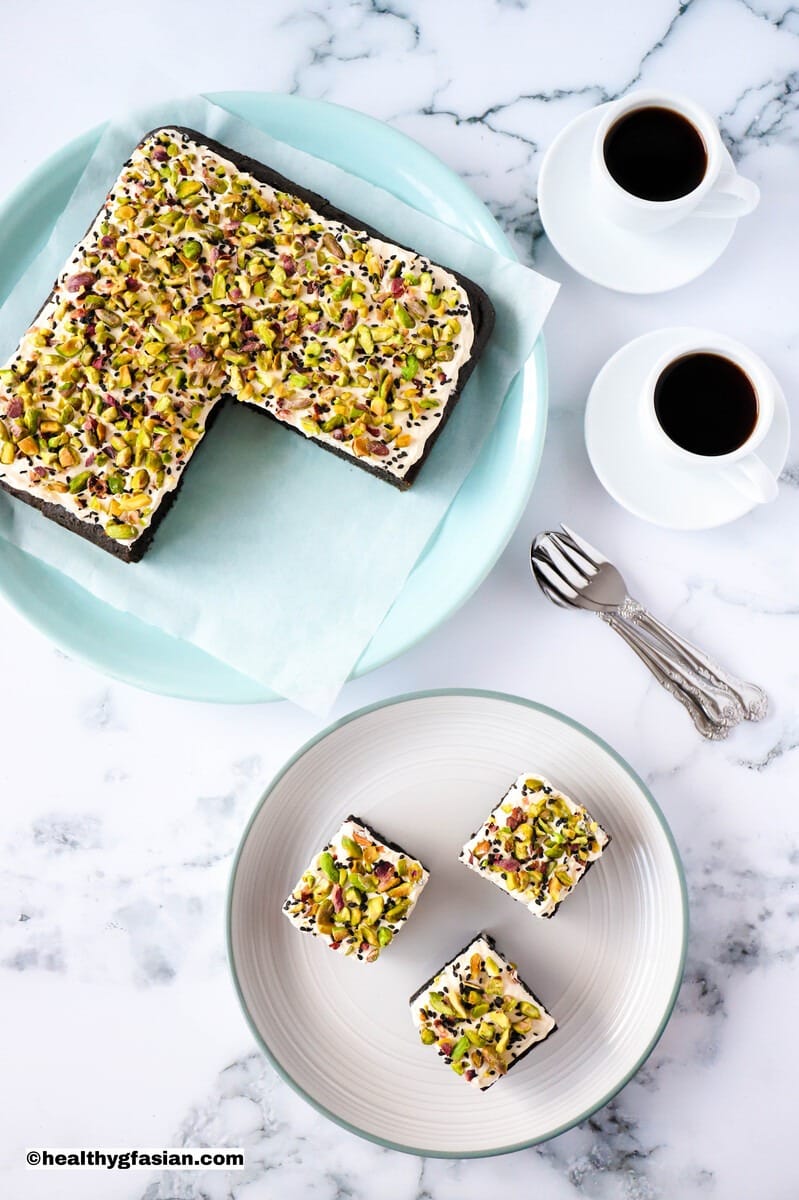
History of Sesame Seeds
Sesame (Sesamum indicum), is an annual flowering plant in the genus of Sesamum that belongs to the Pedaliaceae family. Another name for sesame is benne. The sesame plant produces adorable tube like flowers. This plant yields tiny teardrop shape and oil rich seeds with colours from white, soft red, to brown and black. Sesame seeds grow in a pod that split up when the seeds ripen. You can enrich sesame seeds’ sweet nutty flavour by toasting them resulting in a crunchy texture. Sesame seeds originated in India and is one of the oldest condiments in the world. As well as the oldest edible oil seeds used for salad dressings and cooking for more than 5,500 years.
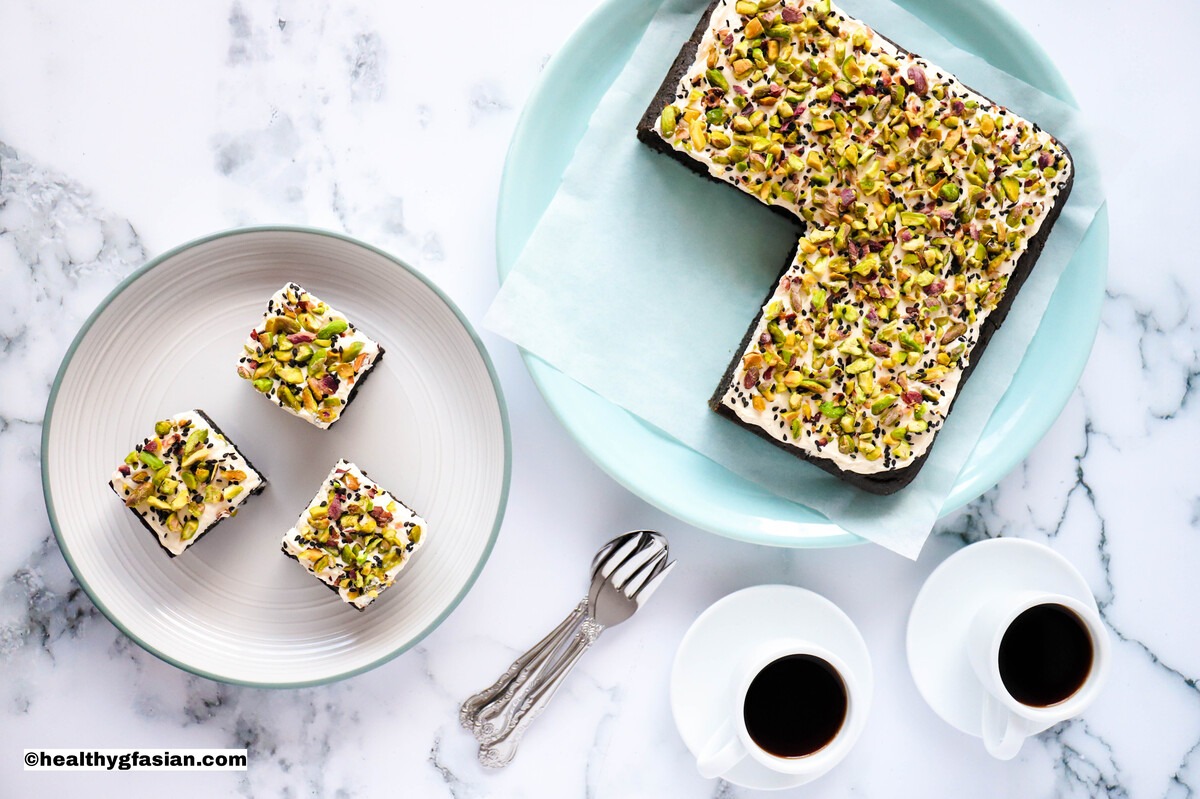
Uses of Sesame Seeds
They grow sesame seeds for culinary uses as well as for traditional medicines. White and black sesame seeds are most widely available. And they use sesame seeds regularly in cuisines all over the world. Hulled white sesame seeds have a subtle flavour and are mildly sweet. While unhulled black sesame seeds have a fuller flavour and more intense aroma. Today, they cultivate sesame plant extensively globally, mainly in the tropical, subtropical and southern moderate regions of the world.
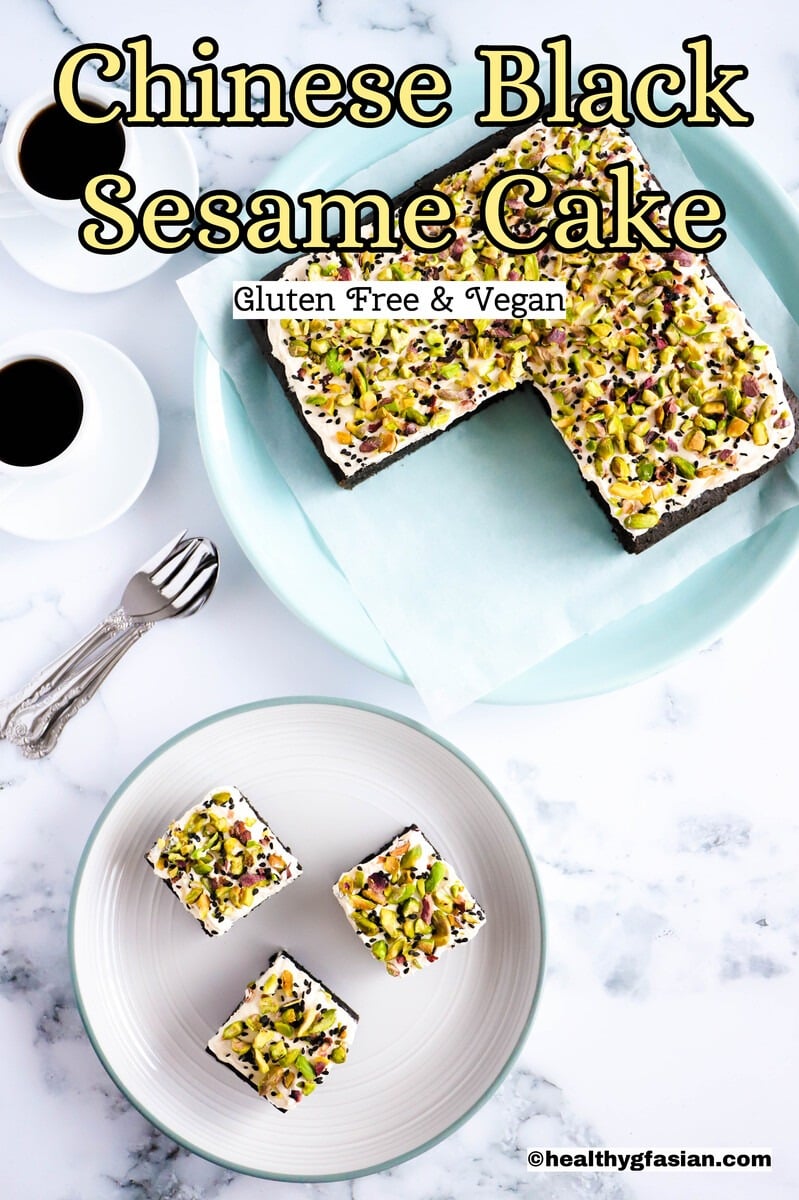
Nutritional Values of Sesame Seeds
Both hulled white and unhulled black sesame seeds are a good source of 2 types of lignan dietary fiber. You cannot find these dietary fibers in any other plants. These sesame lignans have beneficial antioxidants called phenylpropanoid compounds that contain rare substances named sesamin and sesamolin. They are a nutritious source of plant protein, especially hulled and roasted sesame. Furthermore, they have very low glycemic index and do not trigger an upsurge in blood sugar level after consuming them.
Sesame Seeds have high quality fat content with up to 80 percent. Sesame seeds consist mainly of good fats. That are rich in polyunsaturated fatty acids and monounsaturated fatty acids. With only 15 percent of saturated fats. Both the white and black sesame seeds are a great source of copper with similar amount of it.
Additionally, sesame seeds are also an excellent source of minerals and vitamin. Namely manganese, calcium, phosphorous, magnesium, iron, zinc, molybdenum, selenium and vitamin B1 (thiamine). But unhulled black sesame seeds have higher calcium than its white counterpart. Even though they both consist of the same amount of magnesium. They are a substitute to dairy milk by people who have dairy allergies for their high calcium content. Sesame seeds are also a good source of vitamin B3 (niacin) and vitamin B6 (pyridoxine).
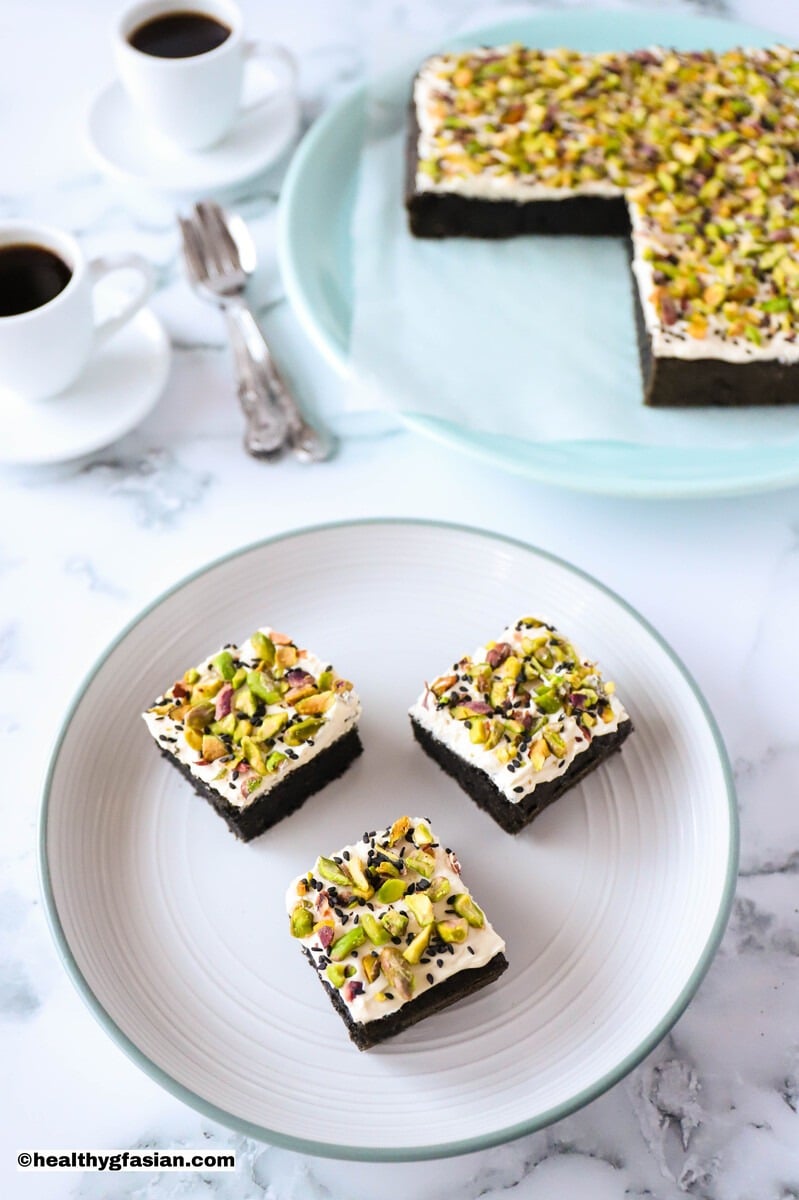
Health Benefits of Sesame Seeds
All in all, the health benefits of sesame seeds may include:
- Promote a healthy digestive system;
- Help lower LDL (bad) cholesterol;
- Reduce risks of cardiovascular diseases;
- Support healthy bones and teeth;
- Assist in reducing stress and anxiety;
- Help reduce inflammation in the body especially rheumatoid arthritis and osteoporosis;
- Maintain healthy blood pressure;
- Lower risks of colon cancer;
- Boost the body’s immune system; and
- Support healthy blood sugar level.
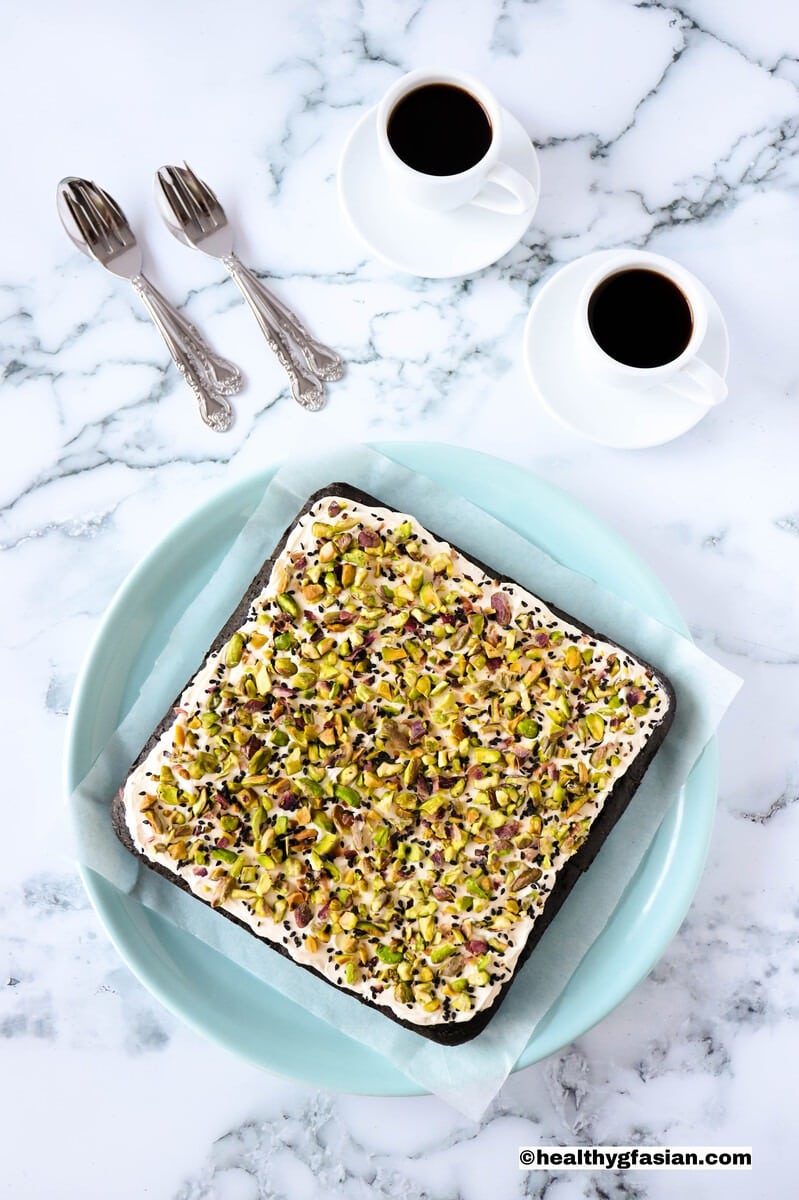

Ingredients
For the cupcakes:
Dry Ingredients:
- 150 g gluten free self-raising flour
- 100 g black sesame seeds toasted
- 1 tablespoon desiccated coconut
- 90 g rapadura sugar
- 1 teaspoon baking powder
- ¼ teaspoon xanthum gum
- ⅛ teaspoon salt
Wet Ingredients:
- 80 g vegan butter
- 180 ml rice milk
For the Egg Replacer (Equivalent to 3 eggs)
- 3 teaspoons egg replacer powder
- 60 ml water
For the Frostings:
- 120 g vegan butter cold
- ¼ cup stevia
- 1 tablespoon corn starch
For the Garnish:
- 100 g pistachio nuts shelled and roughly chopped
- ½ tablespoon black sesame seeds
Instructions
For the frostings:
- Place cold vegan butter in a large mixing bowl and using an electric hand mixer, beat for 2 minutes. Gradually add all the stevia and corn starch and beat until light and fluffy.
- Place in refrigerator until ready to use.
For the cake batter:
- Toast the black sesame seeds in a frying pan over medium low heat for 5 minutes or until fragrant. Set aside to cool.
- Place the toasted black sesame seeds in a food processor, ground until fine meal.
- Heat up the rice milk, vegan butter and rapadura sugar in a small pot for 2 minutes or until the vegan butter and sugar have melted, stir and combine well.
- Sift all the dry ingredients except desiccated coconut and the black sesame meal into another large mixing bowl, whisk and combine well.
- Then add in the black sesame meal and desiccated coconut and whisk and combine. Make a well in the centre of the mixing bowl.
- Gradually pour the wet ingredients mixture prepare in step 4 and the vegan egg replacer mixture into the well and use a spatula to mix briefly. Then whisk until well combined.
For cooking the cake:
- Pre-heat fan-forced oven to 160C or 320F.
- Grease the cake tin with some vegan butter and line the bottom of the cake tin with baking paper.
- Pour the cake batter into the cake tin and spread evenly with a spatula.
- Bake the cake for 50 minutes or until tooth pick comes out clean.
- Cool in cake tin for 10 minutes, then remove and place the cake on a cooling rack.
For frosting the cake:
- Let the cake cool completely before frosting with an icing spatula.
- Garnish with the pistachio nuts and black sesame seeds on top of the frosting. Slice into 16 square pieces and serve.











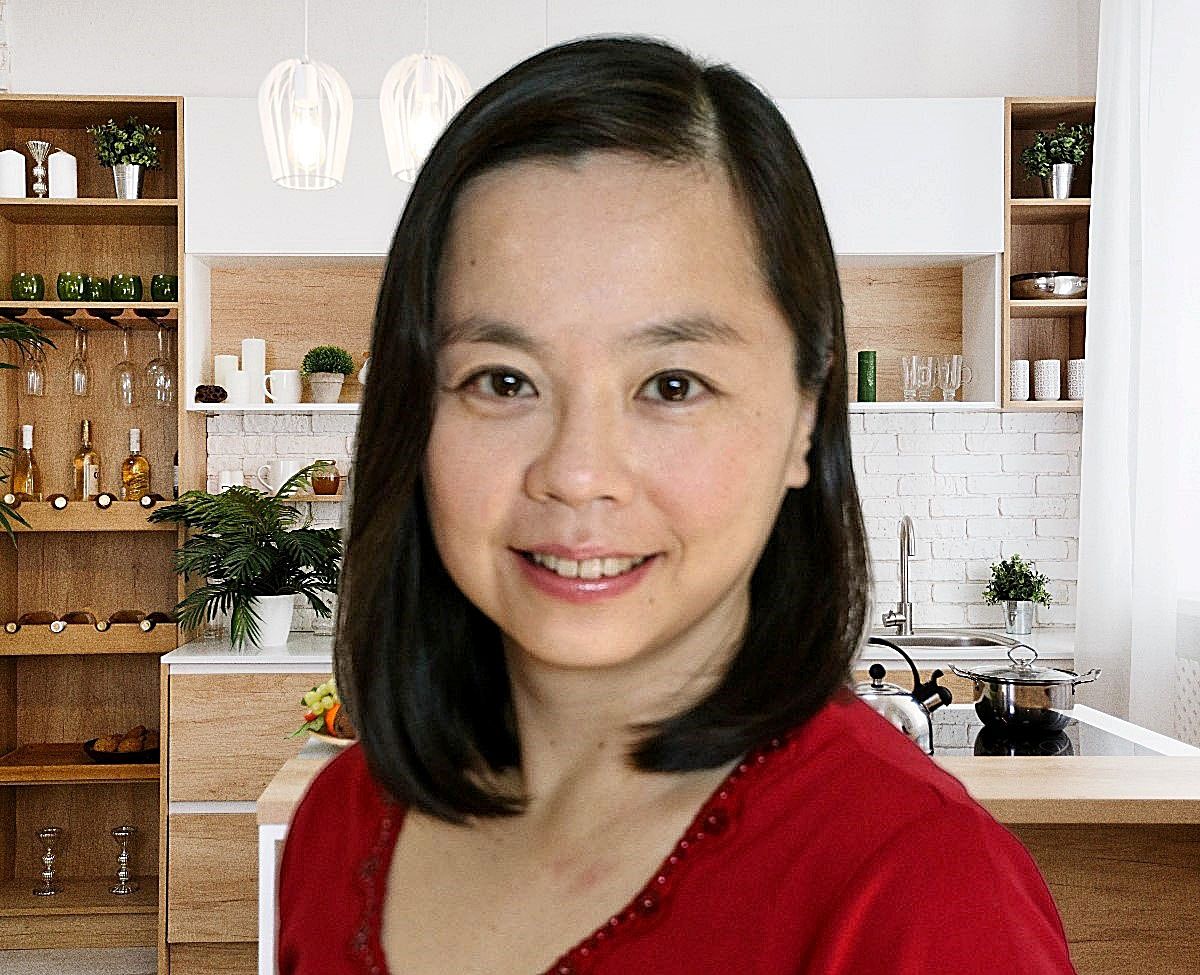

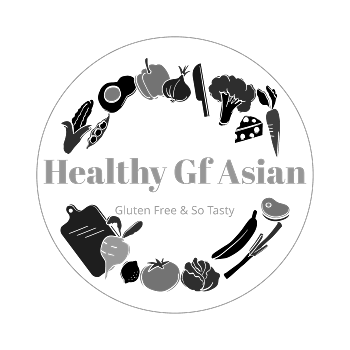
Great recipe loved by all, so simple to make and tasty.
Thanks Mohan! Hope you enjoy the recipe. 🙂